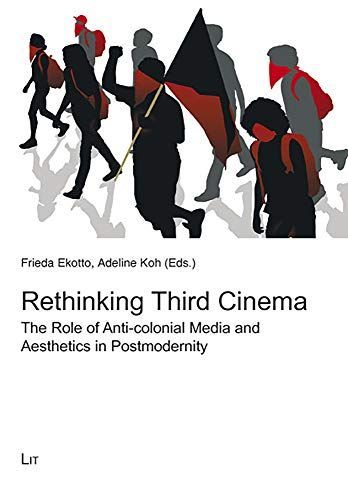
Rethinking Third Cinema The Role of Anti-colonial Media and Aesthetics in Postmodernity
In 1968, Argentinean Filmmakers Fernando Solanas and Octavio Getino first articulated the theory of a "Third Cinema" - a revolutionary genre of cinema that would counter oppression on a global scale. Intended to be a "guerilla cinema" geared at contesting the overwhelming dominance of Western cinema, Solana and Getino distinguished "Third Cinema" from other forms of cinema, classifying these other types as First Cinema (commercial cinema epitomized by Hollywood) and Second Cinema. "Third Cinema" was supposed to be a liberationary tool - particularly for the bulk of the world that was subject to European imperialism, such as Latin America, Africa and Asia. Spanning a wide geographical spread of cinemas ranging from Latin America, North and Sub-Saharan Africa, the Caribbean and Asia, this book addresses the following questions: how can we rethink the concept of "Third Cinema" for today? How do new national cinemas - and their accompanying media industries - reflect the concerns of societies that are struggling with the implications of accelerated modernization - and how are these concerns configured in new genres of aesthetics? Is there still a "Third Cinema" component in contemporary cinemas, and if so, how can it be understood?